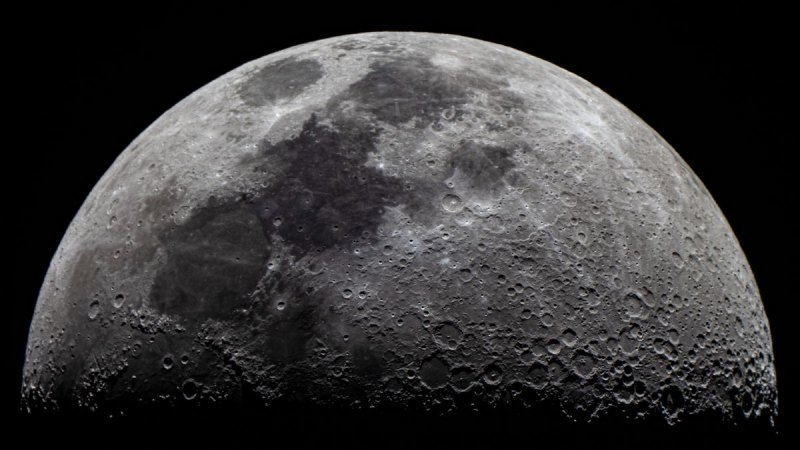
On Friday, NASA announced that it is creating a new lunar time zone for the Moon. NASA was instructed by a policy statement released by the White House in April to develop the new standard by 2026. According to the space agency's confirmation, more than five months later (government time, y'all), it would collaborate with “U.S. government stakeholders, partners, and international standards organizations” to create a Coordinated Lunar Time (LTC).
Take a peek at Einstein to learn why the Moon requires its own time zone. According to his ideas of relativity, time on our celestial neighbor travels a little bit faster because of its lighter gravity because time changes in relation to both gravity and speed. Therefore, an Earth clock on the Moon would gain roughly 56 microseconds every day – enough to cause computations to become erroneous and jeopardize future missions that depend on accuracy.
“For something traveling at the speed of light, 56 microseconds is enough time to travel the distance of approximately 168 football fields,” said Cheryl Gramling, NASA timing and standards leader, in a press release. “If someone is orbiting the Moon, an observer on Earth who isn’t compensating for the effects of relativity over a day would think that the orbiting astronaut is approximately 168 football fields away from where the astronaut really is.”
NASA is to collaborate with the Departments of Commerce, Defense, State, and Transportation to map out the introduction of LTC by the end of 2026, according to a White House document dated April. Global participants will be involved, especially those who have signed the Artemis Accords. Founded in 2020, the accords comprise an expanding group of forty-three nations dedicated to upholding standards anticipated to be respected in space. Notably, neither China nor Russia has consented to join.
The project will be headed by NASA's Space Communication and Navigation (SCaN) program. Being expandable to other stars in the future, like Mars, is one of LTC's objectives. It is currently unclear where the atomic clocks on the Moon are located, but a weighted average of them will establish the time standard. The method used by scientists to determine Earth's Coordinated Universal Time (UTC) is comparable to that of a weighted average.
NASA's Artemis program aims to return crewed trips to the Moon. Artemis 2 intends to launch four astronauts on a lunar orbit in September 2025. Artemis 3 intends to set foot close to the Moon's south pole a year from now.